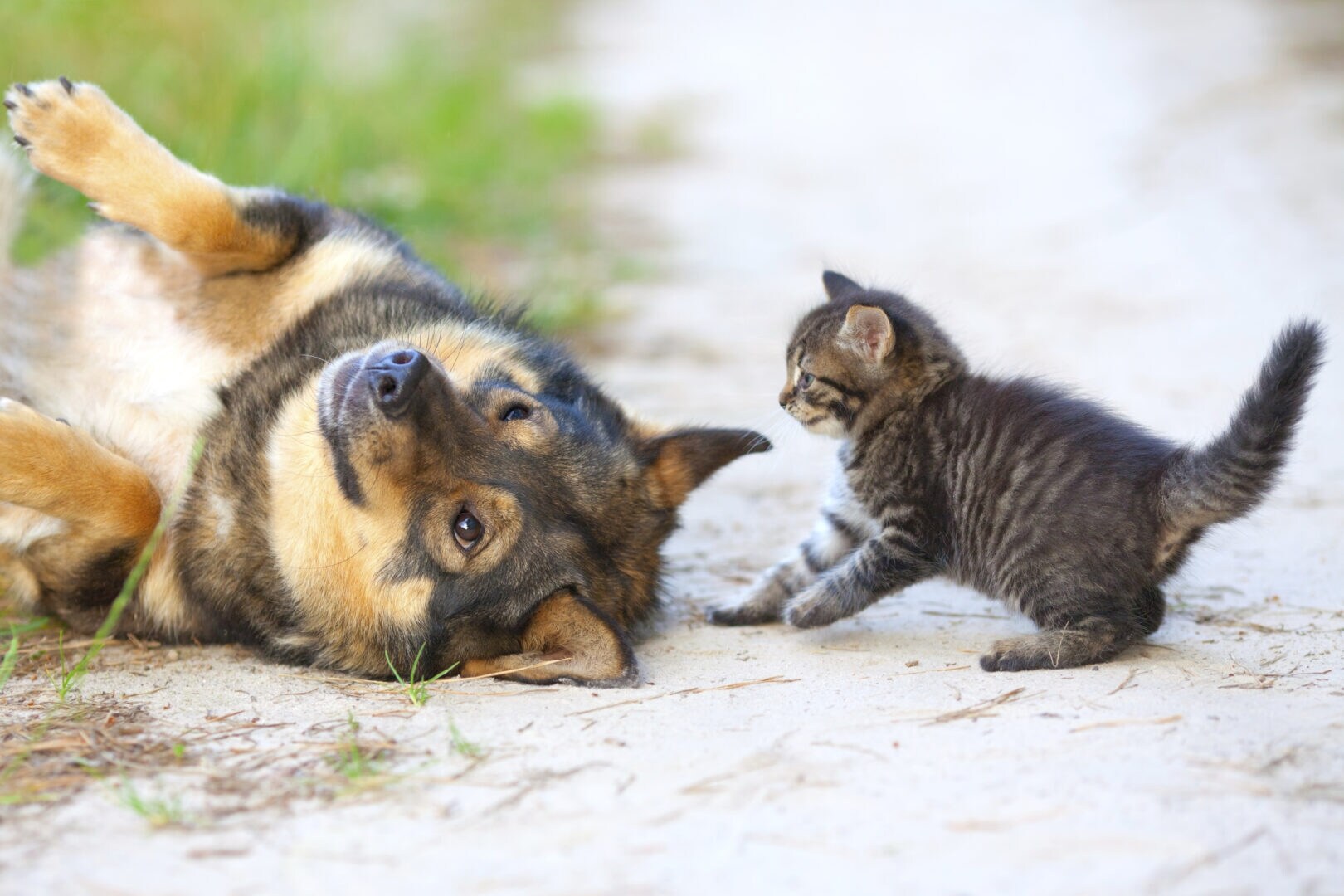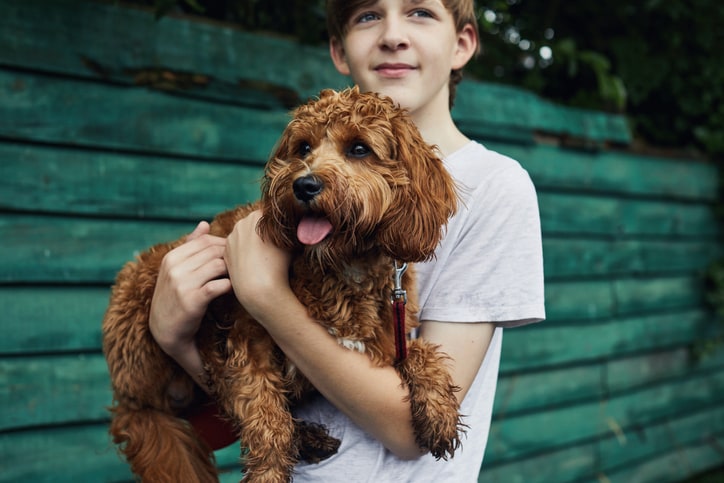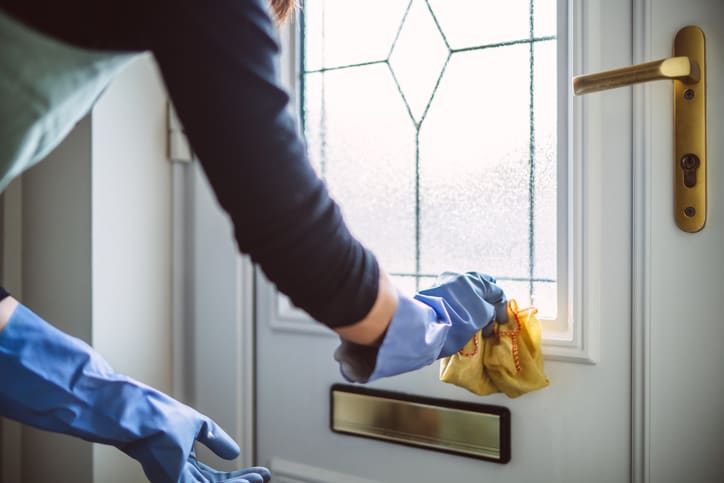With a seemingly endless list of things to do, moving house with your family can be really stressful — especially if there are pets involved. However, moving with pets doesn’t need to be a huge hassle. A little planning ahead of time will help prevent stresses and messes during the moving period.
Here’s a step-by-step checklist to help you through the process of moving with pets:
Two Months Before the Move
- Assess your pet
The first thing you should do when moving with pets is to take an honest assessment of how well they deal with stress. The worse they react, the more time you’ll need to prepare them for the move. Put them in a crate or a quiet room for an hour or so each day, to get them used to the chaos of moving day well in advance. - Make travel reservations
If you’re flying, contact your airline before booking your tickets to inquire about their travel policy for animals. Your pet’s size, time of year for travel and size of plane all play into the flight options available and associated fees. You may also need to start making arrangements for additional protocols and quarantine.
One Month Before
- Take your pet for a check-up
Before moving with pets, it’s a good ideas to for them to have a check up at the vets, also making sure that that their vaccinations are up-to-date and that they have all the medication they need. - Get a health certificate
Depending on you destination, you may be required to have a veterinary-issued health certificate, completed less than 30 days prior to the move. Contact your vet to ask for the proper forms. - Talk about anxiety medications
If you anticipate that your pet will experience high anxiety during the move, your vet may be able to provide you with medication to relieve their stress.
Two Weeks Before
- Make arrangements with a friend or hire a pet sitter
Your goal on moving day is to keep your pet as safe as possible, so make alternate arrangements for when the movers are present. Boarding your pet isn’t nearly as stressful as the move itself.
One Week Before
- Inspect your pet carrier
Ensure that all the locking mechanisms in your pet carrier are in good condition, so your pet can’t escape mid-move.
A Few Days Before
- Don’t forget to leave out your pet’s food
Think about leaving out a few prepackaged meals for your pet, so you can pack some supplies and still have food at the ready.
Moving Day
- Keep your pet in a safe location
If you aren’t leaving your pet with a friend or sitter, keep them safe in a crate or quiet room. It’s important to limit your pet’s exposure to the chaos of moving to reduce them stress level. - Don’t feed right before travel
It’s best to hold off on your pet’s meals a few hours before driving or flying to help head off nausea.
After the Move
- Re-create the old environment
The first thing you should do is set up your pet’s familiar things — like his bed and food bowl — to make the new house seem like home. - Take time to reconnect
Spend time with your pet to let them know that everything is okay. - Keep a close eye on your pet
Be aware that pets might not act like their old selves when first moving to a new home. Dogs may need to be re-housebroken. Outdoor pets should be kept indoors for the first week to acclimate to their new environment. - Find a new vet
Once you arrive in your new home, try to get in contact with your local vets as soon as the chaos dies down. Talk to other pet owners in the BigTent communities for recommendations and to learn about things like the best dog parks or places to buy pet food.



